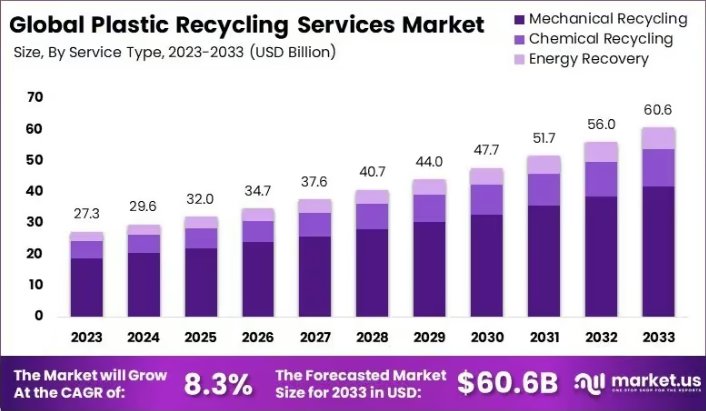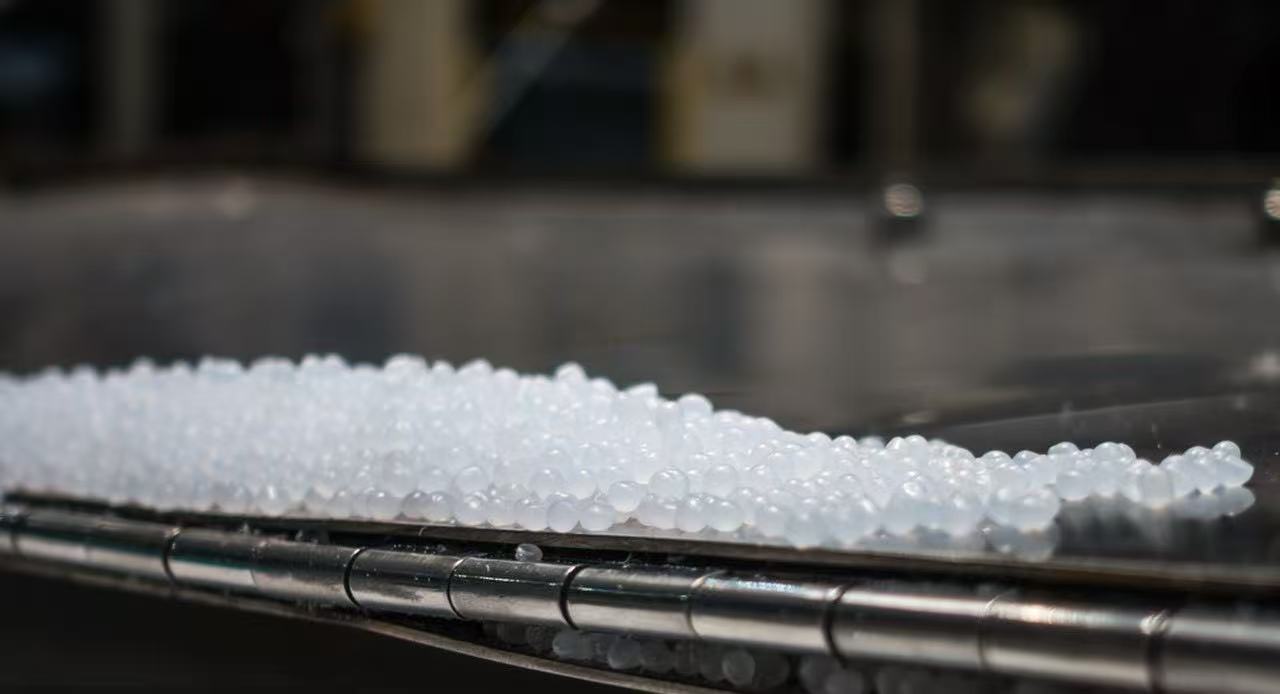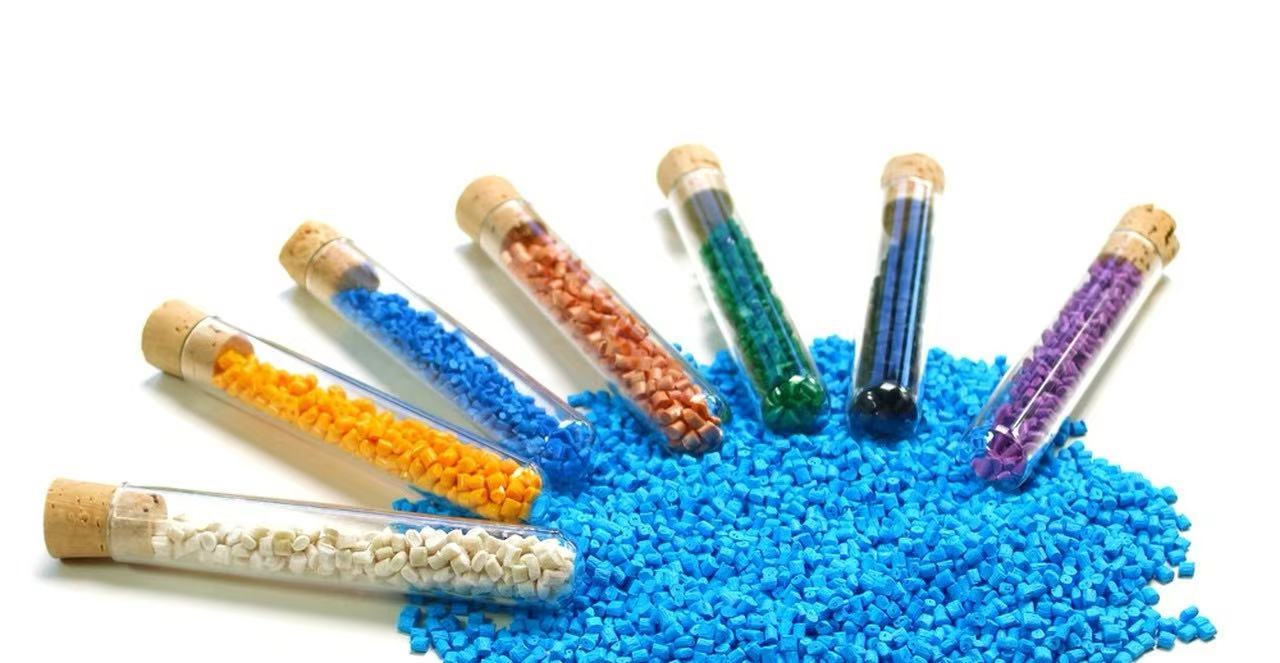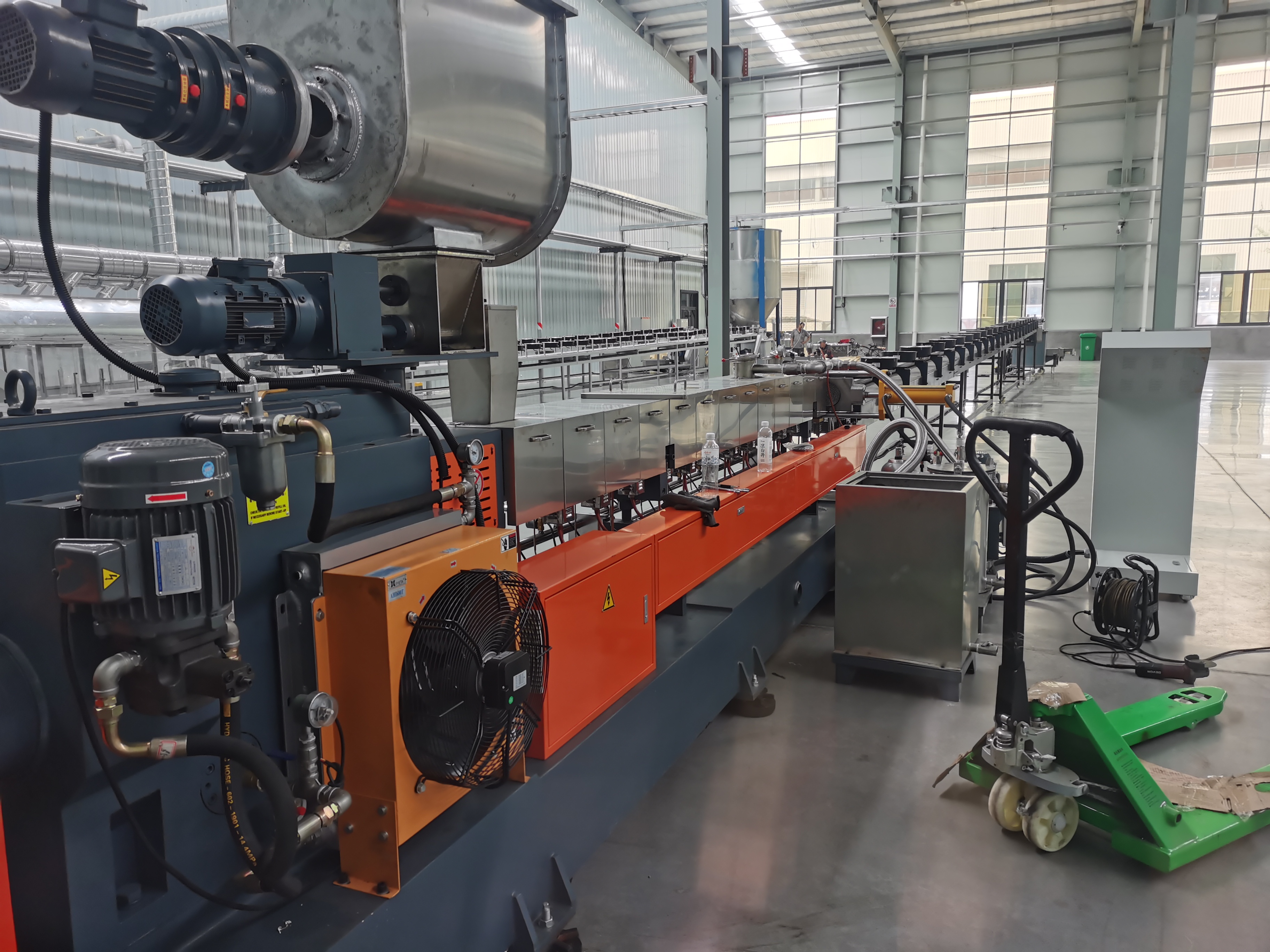
The global plastics industry is undergoing rapid transformation. Demand for high-quality recycled pellets, tighter environmental regulations, and rising energy costs have converged to make plastic pelletizing machine technology a strategic investment for converters, compounders, and recyclers.
This white paper—prepared for the Zhuoyue Extrusion corporate site—examines the complete landscape of plastic extrusion pelletizing line innovations. It evaluates equipment classes such as compounding pelletizing system, underwater pelletizer, and strand pelletizer, while offering guidance on process optimization, cost analysis, and real-world application case studies.
Industry reports forecast that the worldwide market for pelletizing equipment will grow at a compound annual growth rate (CAGR) of 5–6 % through 2030, driven by circular-economy policies and the shift toward high-performance engineering polymers. Whether producing virgin resin, recycling post-consumer waste, or compounding glass-fiber-reinforced nylon, processors require systems that deliver tight pellet size distribution, low fines, and minimal energy consumption.

European Union Packaging Directive mandates 50 % recycled content in many applications by 2030.
China’s Dual-Carbon Goals target carbon-neutral industrial production, accelerating adoption of energy-efficient plastic extrusion pelletizing line solutions.
U.S. Extended Producer Responsibility (EPR) programs create direct financial incentives for rPET and rPP pellet production.
Independent analyses (placeholder citation) estimate the pelletizing equipment market at USD 7 billion in 2024, projected to reach USD 10.5 billion by 2030. The Asia-Pacific region accounts for 45 % of total demand, followed by Europe at 28 %.
Segments with the fastest growth include:
PET bottle flakes pelletizing machine installations for beverage packaging.
Specialty nylon PA compounding and pelletizing lines for automotive and electrical parts.
Pelletizing converts molten polymer into free-flowing, uniform pellets suitable for downstream processing. Core parameters include:
Melt Rheology: Viscosity and shear sensitivity dictate screw design and cutting method.
Moisture Content: Excess moisture leads to voids and bubble formation in pellets.
Cooling Dynamics: Proper quench and crystallization ensure dimensional stability.2.1 Extrusion Fundamentals
The heart of any plastic pelletizing machine is the extruder. Key variables:
Screw Geometry: Co-rotating twin screws provide superior mixing for color masterbatch; single screws offer lower cost for simple recycling.
Degassing Systems: Vacuum vents remove volatiles and residual monomers, essential for rPET.
A complete line integrates feeder, extruder, filtration, die plate, cutting system, and pellet dryer. Advanced features:
Wear-resistant barrel alloys for abrasive fillers.
PLC/SCADA controls for real-time torque and pressure monitoring.
Energy-efficient heaters reducing kWh/kg by up to 15 %.
Designed for high-throughput production exceeding 1 ton/hour. Options include gravimetric feeders, melt pumps, and automatic screen changers. Zhuoyue Extrusion systems emphasize modularity so processors can upgrade from strand to underwater cutting without replacing the entire line.
For engineering plastics requiring precise additive distribution—glass fiber, flame retardants, conductive carbon black. High-torque twin screws achieve intensive mixing, while side feeders introduce fillers without agglomeration.
Ideal for low-viscosity or high-output applications. Pellets are cut at the die face and immediately quenched in a water bath.
Advantages: uniform shape, minimal fines.
Challenges: water treatment and pump maintenance.
Common user search: underwater pelletizer common problems—typically related to knife wear or inadequate water temperature control.
A simpler alternative where extrudate strands are cooled in a water trough then cut. Lower capital cost and easier cleaning make it attractive for color-change operations. Many buyers research underwater pelletizer vs strand pelletizer to decide which fits their resin portfolio.
A PET bottle flakes pelletizing machine transforms washed flakes into food-grade rPET pellets. Key considerations:
Pre-drying to<50 ppm moisture.
Melt filtration at 50 µm to remove contaminants.
Energy recovery from crystallizer exhaust.

A complete pelletizing solution for recycled PP improves mechanical properties by adding impact modifiers. Result: pellets with Izod impact strength exceeding virgin PP by 10 %.

Nylon PA compounding and pelletizing lines integrate side-feeders for glass fiber and twin-vent vacuum for residual caprolactam removal. Final pellets exhibit tensile strength above 200 MPa.
Searches for how to reduce fines in pelletizing highlight the importance of:
Precise knife-to-die gap calibration (<0.1 mm).
Optimized water flow to stabilize the cutting zone.
Regular inspection of die plate flatness.
Operators often ask why my plastic pellets are not uniform. Root causes include inconsistent feed rate, worn screws, or fluctuating melt temperature.
Knife replacement schedule based on operating hours and polymer abrasiveness.
Gearbox oil analysis every 2,000 hours.
Inline moisture sensors to prevent hydrolytic degradation.
Prospective buyers frequently search cost of plastic pelletizing production line.
Typical capital investment ranges:
Strand pelletizer line: USD 150,000–300,000.
Underwater pelletizer line: USD 350,000–700,000.
Payback is typically 12–24 months depending on resin price spread between scrap feedstock and finished pellets.
Digital Twins: Virtual models predict wear and optimize throughput.
Green Energy Integration: Solar-powered heating zones cut CO₂ emissions.
Closed-Loop Water Systems: Reduce water consumption by up to 90 %.
AI-Driven Quality Control: Cameras and sensors classify pellets in real time.
Zhuoyue Extrusion invests heavily in these technologies to ensure its plastic extrusion pelletizing line remains at the forefront of sustainability and automation.
When evaluating how to choose a plastic pelletizer, consider:
Material portfolio—recyclate, engineering plastics, or bio-resins.
Desired pellet size distribution (±0.1 mm tolerance for micro-pellets).
Energy efficiency targets and local utility costs.
Service network and spare-parts availability.
A side-by-side pilot trial is often the most reliable method to determine whether an underwater pelletizer vs strand pelletizer will deliver the required ROI.

The path to competitive advantage in plastics processing increasingly depends on advanced pelletizing technology. By adopting state-of-the-art plastic pelletizing machine systems—whether a high-capacity compounding pelletizing system or a flexible underwater pelletizer—manufacturers can meet regulatory mandates, lower production costs, and produce pellets of exceptional consistency.
Zhuoyue Extrusion is committed to helping customers achieve these goals through innovation, engineering expertise, and global service support. With over two decades of experience, Zhuoyue Extrusion stands as a trusted partner for companies seeking to modernize their pelletizing operations and secure a sustainable future.